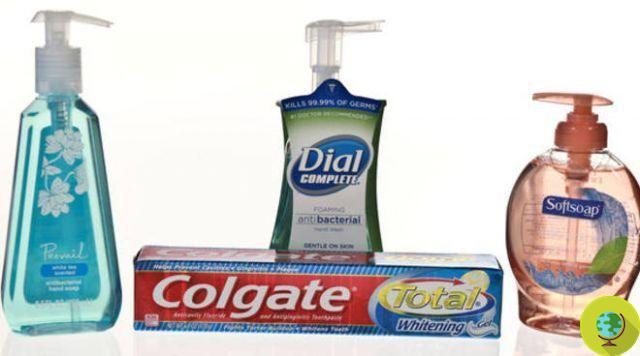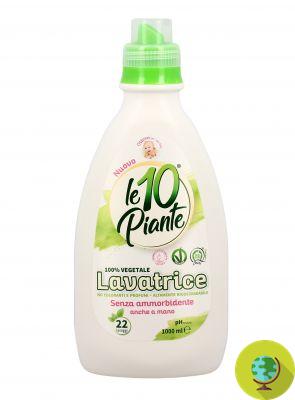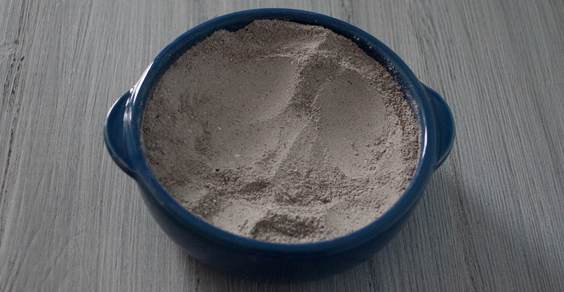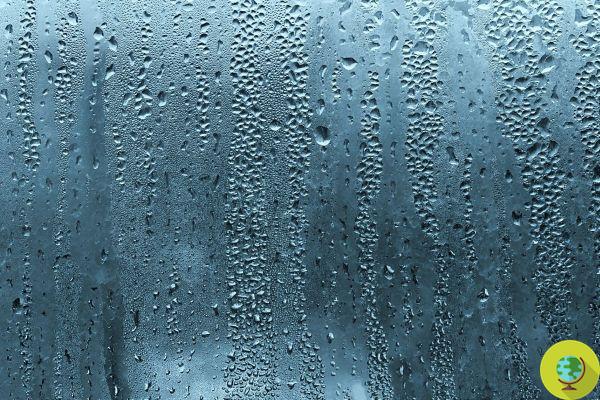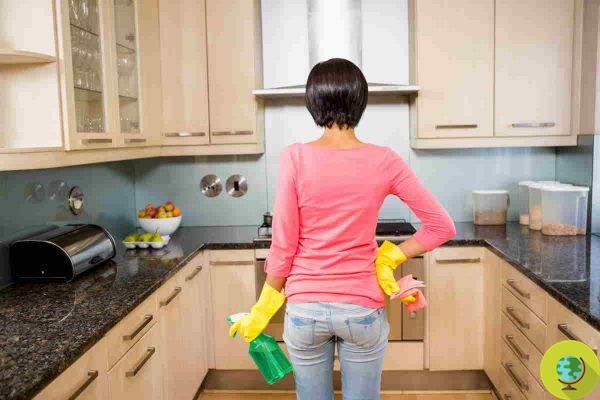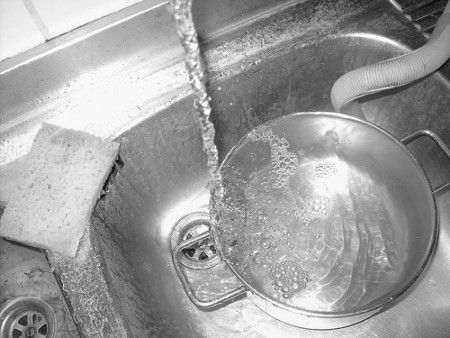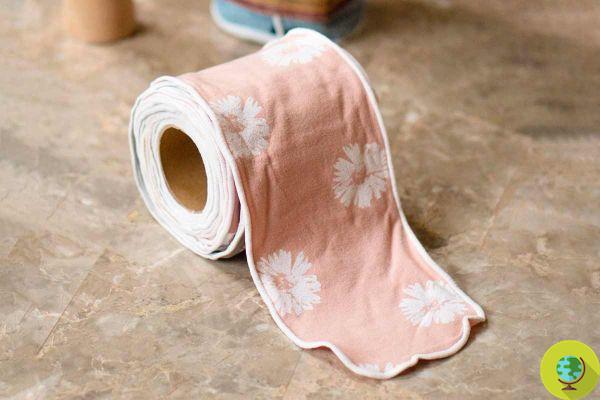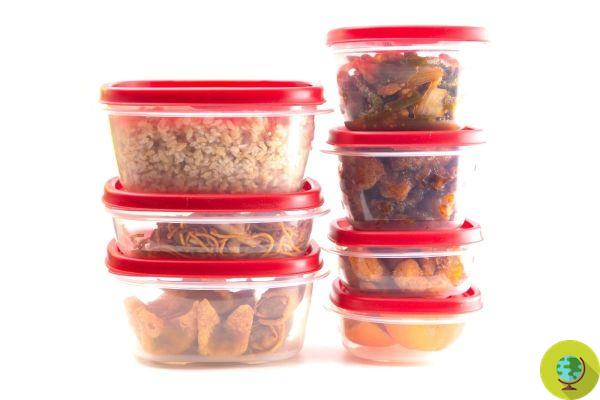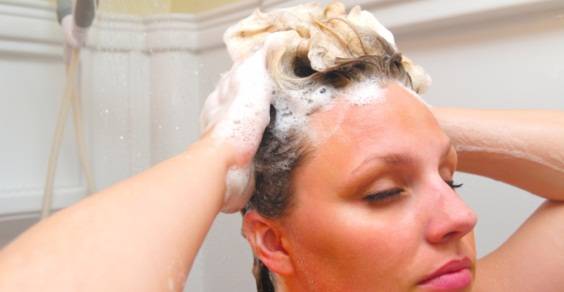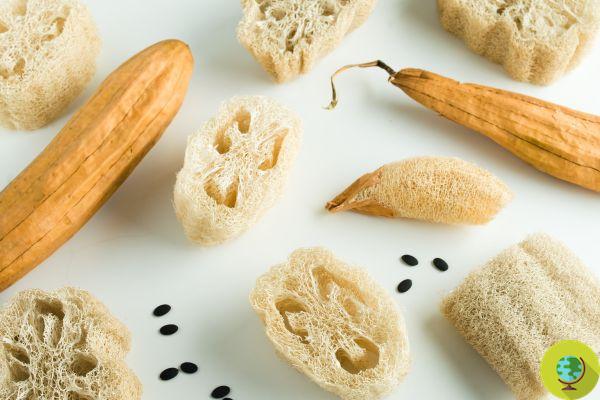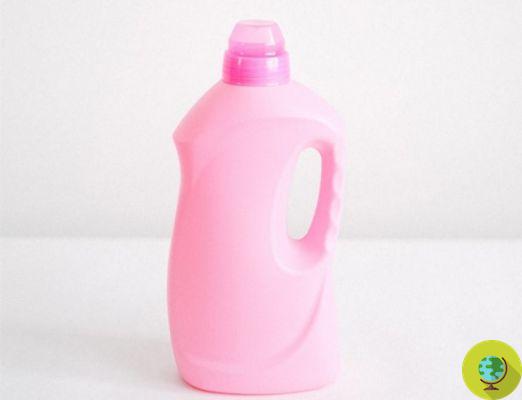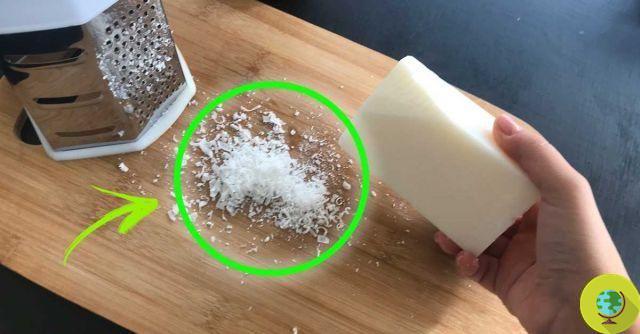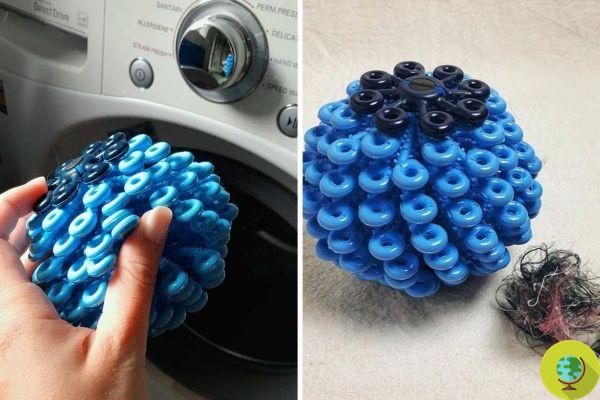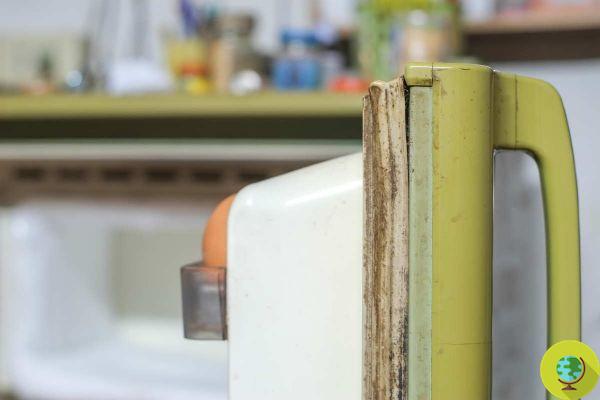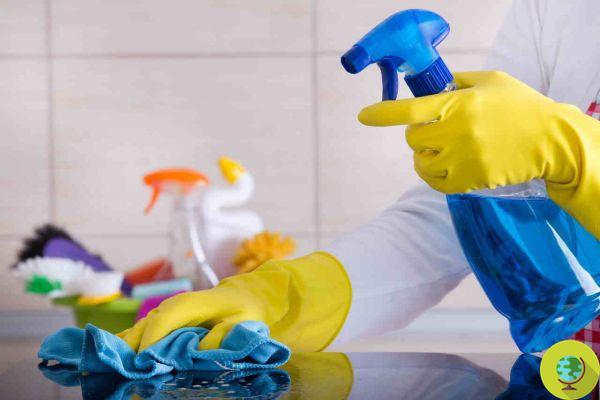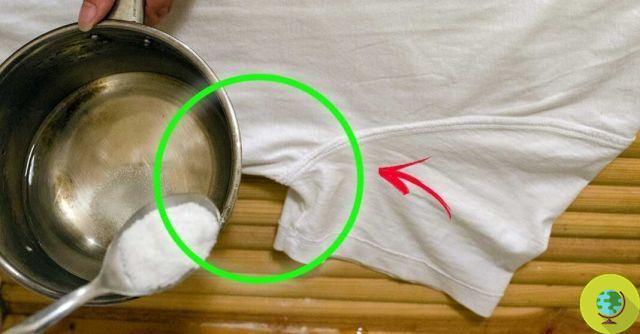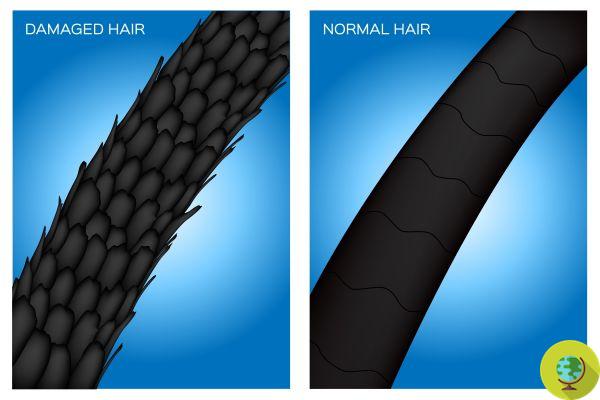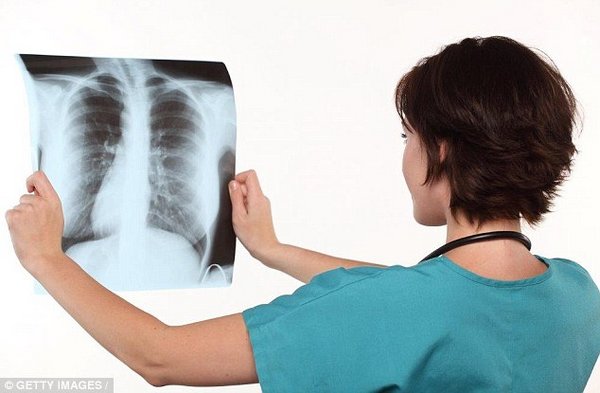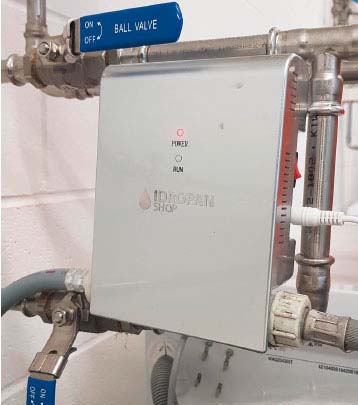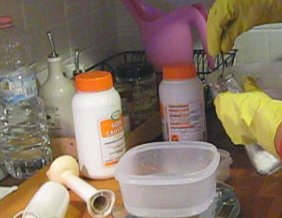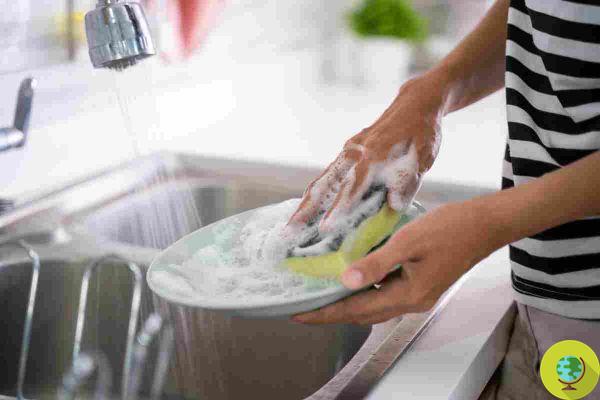
The sponge for washing dishes is probably one of the dirtiest and most bacterial-rich items in our kitchens. It is also likely to be one of the most germ-contaminated items in the entire house.
He is about to end up run over, his mother saves him
La sponge for washing dishes it is probably one of the dirtiest and richest objects bacteria present in our kitchens. It is also likely to be one of the most germ-contaminated items in the entire house.
Lo said il doctor Philip Trieno, experts in the Departments of Microbiology and Pathology at NYU Langone and author of “The Secret Life of Germs”. In his opinion, people normally rinse the dish sponge, but they never disinfect it, while it would be important to do so.
When we remove food residues from dirty dishes, cutting boards and countertop, according to the expert any pathogens can remain in the wet sponge. The same sponge usually it is left damp on the sink until the next use. Here the bacteria are able to multiply at an astonishing rate, up to once every 20 minutes.
In the expert's opinion, to avoid infections, for example from E.coli, both the dish sponge and the cutting boards should be cleaned very carefully. "Soap and water don't kill germs, they just wash them away" - explained the expert, who added that if we wash the dishes with a dirty sponge we don't actually clean them, but we enrich them with germs.
He also pointed out that the bad smell of the sponge indicates the presence of germs. To annihilate them he suggests making a solution by mixing one part of bleach and nine parts of water and putting the sponge in this mixture for 10 to 30 seconds (or more). In this way the sponge will be sanitized.
However, the bleach and water solution should not be reused. Here at this point an environmental problem emerges, given that the bleach è un prodotto polluting, as well as being potentially dangerous to health. The alternative suggested by the expert in this regard is the disinfect the sponge in the microwave. It involves filling a container suitable for the microwave with water and inserting the sponge. You need to adjust the microwave so that the water comes to a boil. Then the sponge will have to dry well. Finally, after cleaning the sponges, you shouldn't forget to wash your hands.
We add a more ecological solution than bleach for cleaning sponges: it is thehydrogen peroxide, which we also indicated to you regarding the loofah sponge. Also wash the sponge well with dish soap or in the washing machine it may help to improve cleaning. Then you can squeeze it and let it dry well, perhaps near the radiators in winter.
We really have to be “afraid” of the germs present on the dish sponge? Probably not. We always remember the basic rules of hygiene when we wash the dishes and when we cook. Let's not forget to do the basic cleaning well every day, but without obsessions. When the dish sponge has taken on a really bad smell, however, it may be time to replace it.
Will any of us get sick, even once, due to a dish sponge not perfectly sanitized? We may never find out. But if we take that into account with a simple kiss, two people exchange 80 million germs, we realize how high our daily exposure to pathogens is and also the role that a immune system it works well continuously to protect us from infections.
Marta Albè
Read also:
The 5 dirtiest places in the kitchen you don't expect
Luffa: 5 tips to clean the vegetable sponge and avoid bacteria
Luffa, the vegetable sponge: how to use it and where to find it




